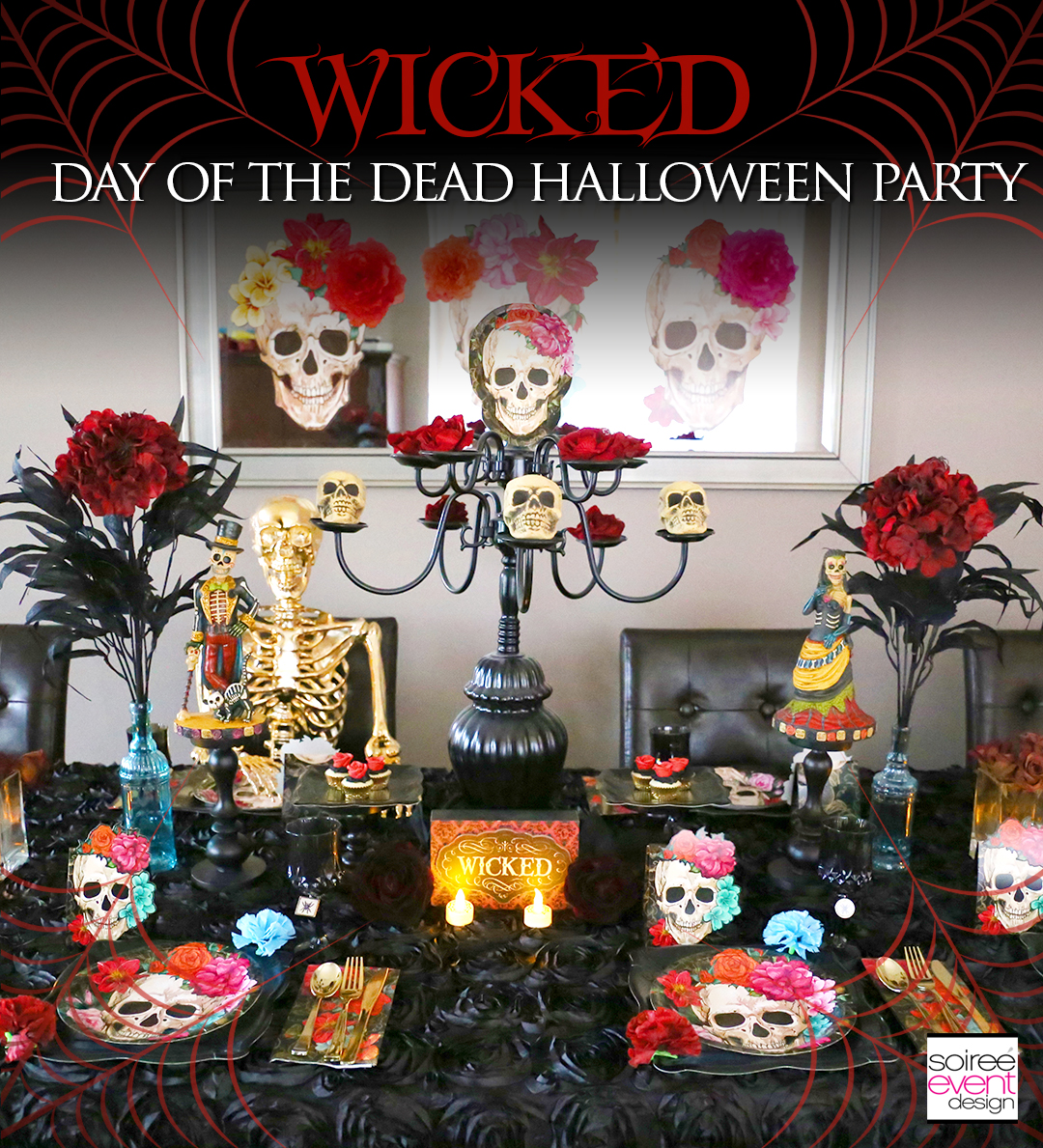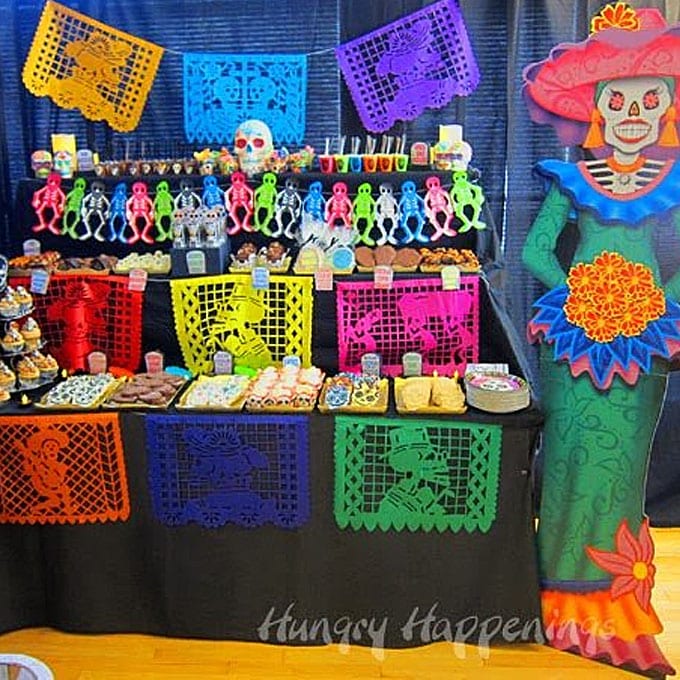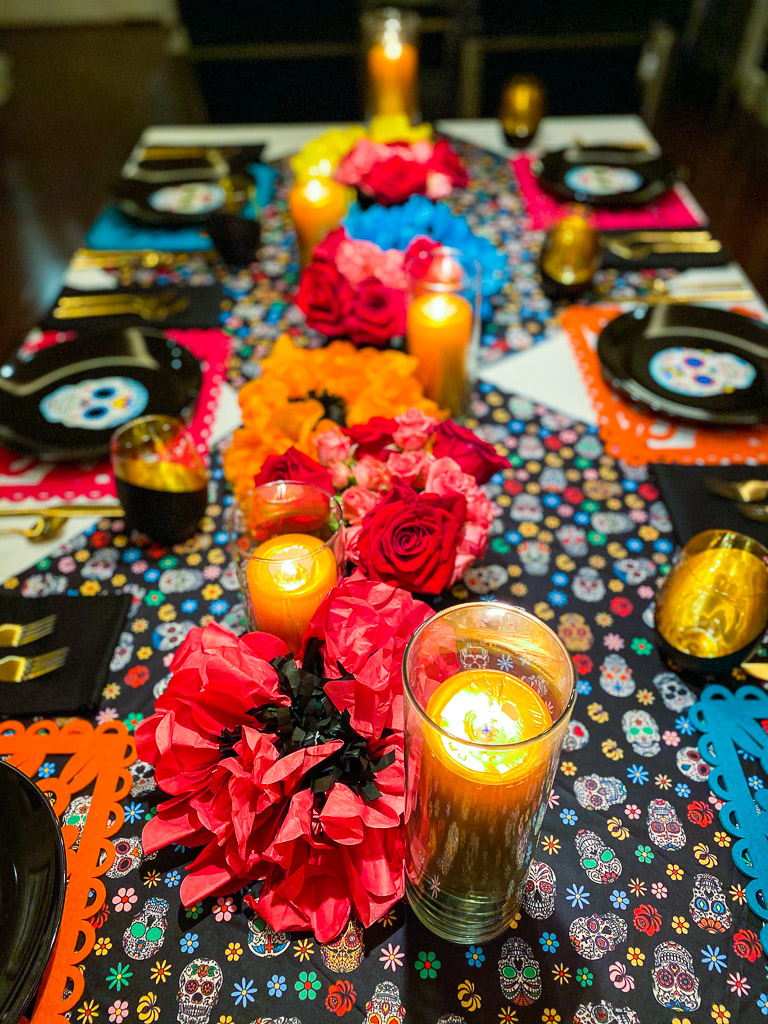Introduction to the Day of the Dead
Day of the Dead, or Día de los Muertos, is a vibrant Mexican tradition where families honor and remember their deceased loved ones. It’s a festival of life that blends joy and sorrow, featuring colorful decorations, rich flavors, and heartfelt tributes.
As someone who has celebrated this special occasion with my family for years, I’ve learned that the decorations play a significant role in creating an atmosphere that both honors the past and celebrates the present. In this article, I’ll share various decorating ideas that can elevate your Day of the Dead celebration, drawing from my personal experiences and insights.
Understanding the Significance of Day of the Dead Decorations
Symbolism Behind the Decorations
The decorations used during Day of the Dead celebrations are deeply symbolic. Each element represents an aspect of the celebration:
- Marigolds: The bright orange color is said to guide spirits back to their altars.
- Skulls: Often made from sugar, they symbolize death but also the sweetness of life.
- Altar (Ofrenda): A place to honor the deceased with photographs, favorite foods, and personal belongings.
Essential Decorating Elements for Day of the Dead
Creating Your Altar
The altar, or ofrenda, is a central part of Day of the Dead celebrations. Here’s how to create an impactful altar:
- Choose a Base: Start with a sturdy table or dresser.
- Add Layers: Use cloth in vibrant colors to cover the altar, representing the four elements—earth, wind, fire, and water.
- Include Photos: Display pictures of those you wish to honor.
- Offerings: Include their favorite foods, drinks, and personal items.
Comparison Table of Altar Elements
| Element | Description | Symbolism |
|---|---|---|
| Marigolds | Bright yellow flowers | Guide spirits back |
| Skulls | Sugar or ceramic skulls | Representation of the deceased |
| Candles | Lit candles on the altar | Light the way for spirits |
| Personal Belongings | Items loved by the deceased | Memories and connection |
Colorful Decorations to Enhance Your Celebration
Paper Marigolds and Cut Paper (Papel Picado)
Brighten your space with paper marigolds and papel picado. These handmade decorations are not just beautiful but also rich in cultural significance.
To make paper marigolds, follow these simple steps:
- Gather vibrant orange and yellow tissue paper.
- Cut the paper into flower shapes.
- Layer and twist the paper to form flowers.
- Hang them around your home or on your altar.

Pros and Cons of Using Papel Picado
| Pros | Cons |
|---|---|
| Inexpensive and easy to make | Can be fragile in windy conditions |
| Visually stunning and colorful | Requires time to craft |
Festive Table Settings for Your Day of the Dead Celebration
Creating a Lively Dining Experience
The table settings for your Day of the Dead gathering should be vibrant, reflecting the festive spirit of the occasion. Here are some tips:
- Use Bright Tablecloths: Opt for bold colors such as orange, purple, and pink.
- Incorporate Skulls: Use skull-themed plates and napkins to enhance the theme.
- Set Up a Central Centerpiece: Create a beautiful arrangement using marigolds and candles.

DIY Projects to Personalize Your Decor
Handmade Sugar Skulls
One of the most delightful traditions is decorating sugar skulls. Here’s how to create your own:
- Gather ingredients: powdered sugar, meringue powder, and water.
- Mix the ingredients to form a thick paste.
- Shape the paste into skull molds and let them dry.
- Decorate with colored icing and edible decorations.
Hand-Painted Candles
For a personal touch, consider painting candles with traditional Day of the Dead designs:
- Purchase plain white or colored candles.
- Use acrylic paint to create floral designs or skull motifs.
- Let the candles dry completely before using them on your altar or table setting.

Incorporating Food into Your Decorations
Traditional Foods as Centerpieces
The food you serve can also double as decoration. Consider these options:
- Pan de Muerto: A traditional bread adorned with sugar, perfect for the altar.
- Sweet Treats: Arrange colorful candies and traditional Mexican sweets on platters.
- Seasonal Fruits: Display vibrant fruits such as oranges and pomegranates as part of your centerpiece.
Tips for Engaging Children in the Decorating Process
Involving children in decorating for Day of the Dead can be a fun and educational experience. Here are a few ideas:
- Organize craft sessions to make papel picado together.
- Encourage them to share stories about the loved ones being honored.
- Have them help create sugar skulls, allowing them to express their creativity.

Conclusion: Celebrate with Heart and Soul
Decorating for Day of the Dead is more than just about aesthetics; it’s about honoring the memories and spirits of those we have lost. Incorporating personal elements into your decorations can create a meaningful connection to the past while celebrating life. Whether it’s through vibrant colors, traditional foods, or heartfelt altars, the goal is to create a warm, welcoming space filled with love and remembrance.
As you gather with friends and family this Day of the Dead, let these decorating ideas inspire your celebration. Embrace the tradition, get creative, and most importantly, have fun!
FAQs About Day of the Dead Decorations
What flowers are commonly used for Day of the Dead decorations?
Marigolds are the most significant flowers used because their bright colors are believed to attract spirits to the altars.

Can I use artificial decorations for Day of the Dead?
Yes, artificial decorations can be used, especially if they capture the vibrant spirit and symbolism of the occasion.
Is it okay to decorate in a modern style for Day of the Dead?
Absolutely! Blending traditional elements with modern styles can create a unique and personal celebration.

What foods should I include on my altar?
Traditional foods such as pan de muerto, tamales, and favorite dishes of the deceased are commonly included on altars.
How can I involve my community in Day of the Dead celebrations?
Invite neighbors or friends to join you in crafting decorations, preparing food, or sharing stories about loved ones, fostering a sense of community.